Digital Camera World Verdict
If you want a camera purely for stills, and capturing fast action, the Nikon D6 is a powerhouse. The new AF system is fast and reliable, the ISO is unrivaled, and the cutting edge connectivity paired with clever software make this a powerful pro tool. However, its specs are uniformly outgunned by its two main rivals – and the continued reliance on contrast AF for Live View (and, hence, video) is a big sore point. For working professionals already in the Nikon ecosystem, it's a worthy upgrade; for those investing in their first pro body, there are superior options.
Pros
- +
Unfaltering stills AF
- +
Incredible ISO
- +
CFexpress support
Cons
- -
Live View contrast AF
- -
Poor video focusing
- -
Out-specced by rivals
Why you can trust Digital Camera World
The Nikon D6 faces a difficult challenge. Its two rivals in the full-frame professional camera space are absolute monsters, with the Canon EOS-1D X Mark III being the most advanced camera we've ever used, and the Sony A9 II bringing all the benefits of mirrorless shooting into the pro sports sphere.
And, while both of those cameras were greeted with excitement and enthusiasm from the industry (particularly the 1D X Mark III, with its overwhelming array of new technology) response to the Nikon D6 has been tepid, given its comparative lack of standout new features compared to the Nikon D5.
While all three are obviously among the best professional cameras on the market today for pro sports shooters, when compared to its competitors (which we did, in our Olympic camera shootout) the results didn't seem entirely favorable. Does that head-to-head comparison tell the full story, though? Taken on its own merits, what does the D6 have to offer – and how much does it truly improve on the D5?
Specifications
Sensor: 20.8MP full-frame CMOS
Autofocus: Viewfinder: phase-detect AF with 105 focus points (all cross-type) • Live View: contrast-detect AF at all points in frame
ISO range: 100-102,400 (exp. 50-3,280,000)
Max image size: 5568 × 3712
Metering modes: Matrix, center-weighted, spot (not available for movie), highlight-weighted
Video: 4K (UltraHD) 30/25/24p • 1080p (FullHD) 60/50/30/25/24p
Viewfinder: Pentaprism
Memory card: 2x CFexpress (Type B) and XQD memory card
Max burst: 14fps
Connectivity: Wi-Fi (2.4 and 5GHz), Bluetooth, USB-C, HDMI mini, gigabit ethernet up to 1000BASE-T
Size: 160 x 163 x 92 mm
Weight: 1,270g body only • 1,450g with battery and two CFexpress cards
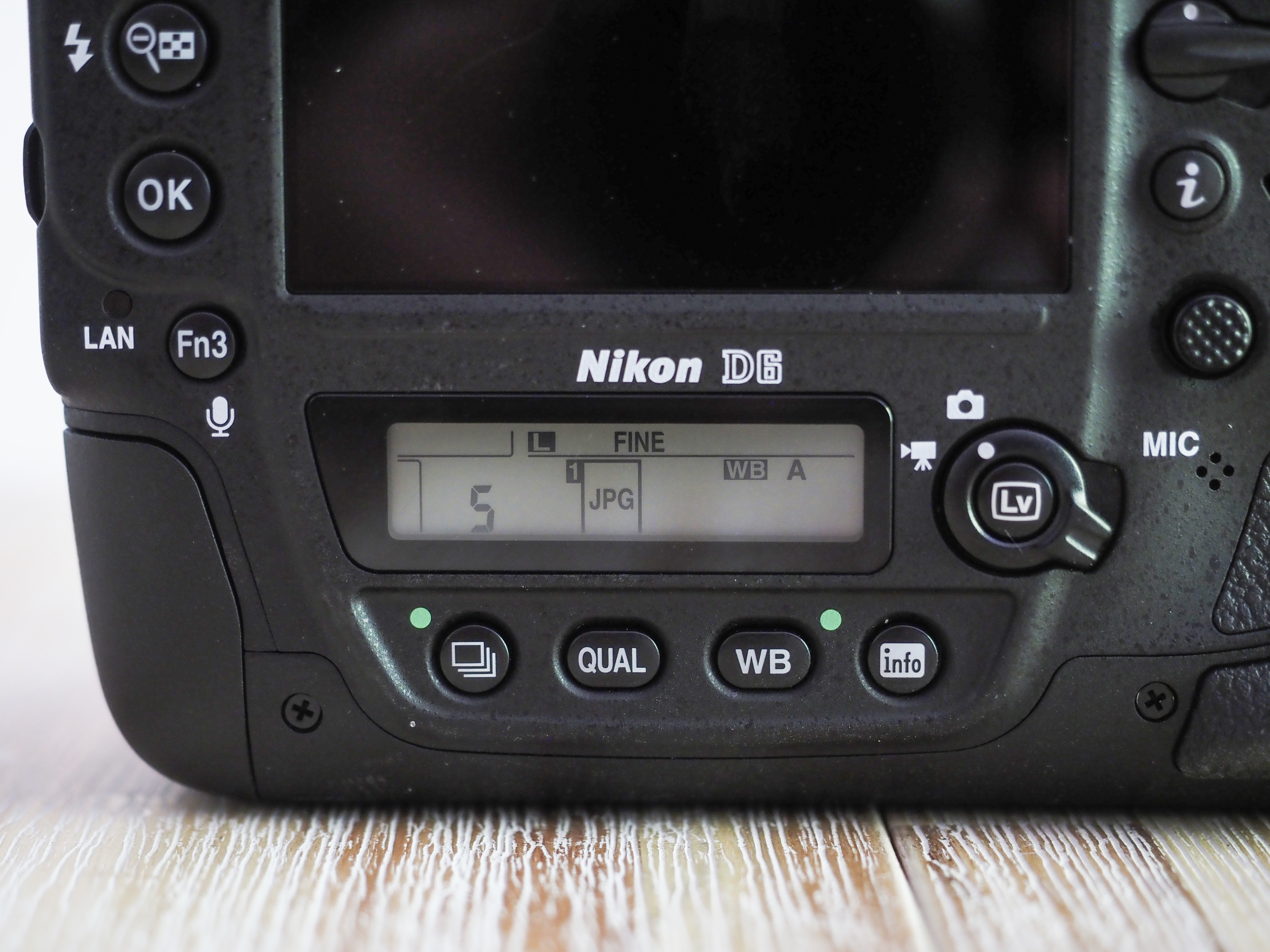
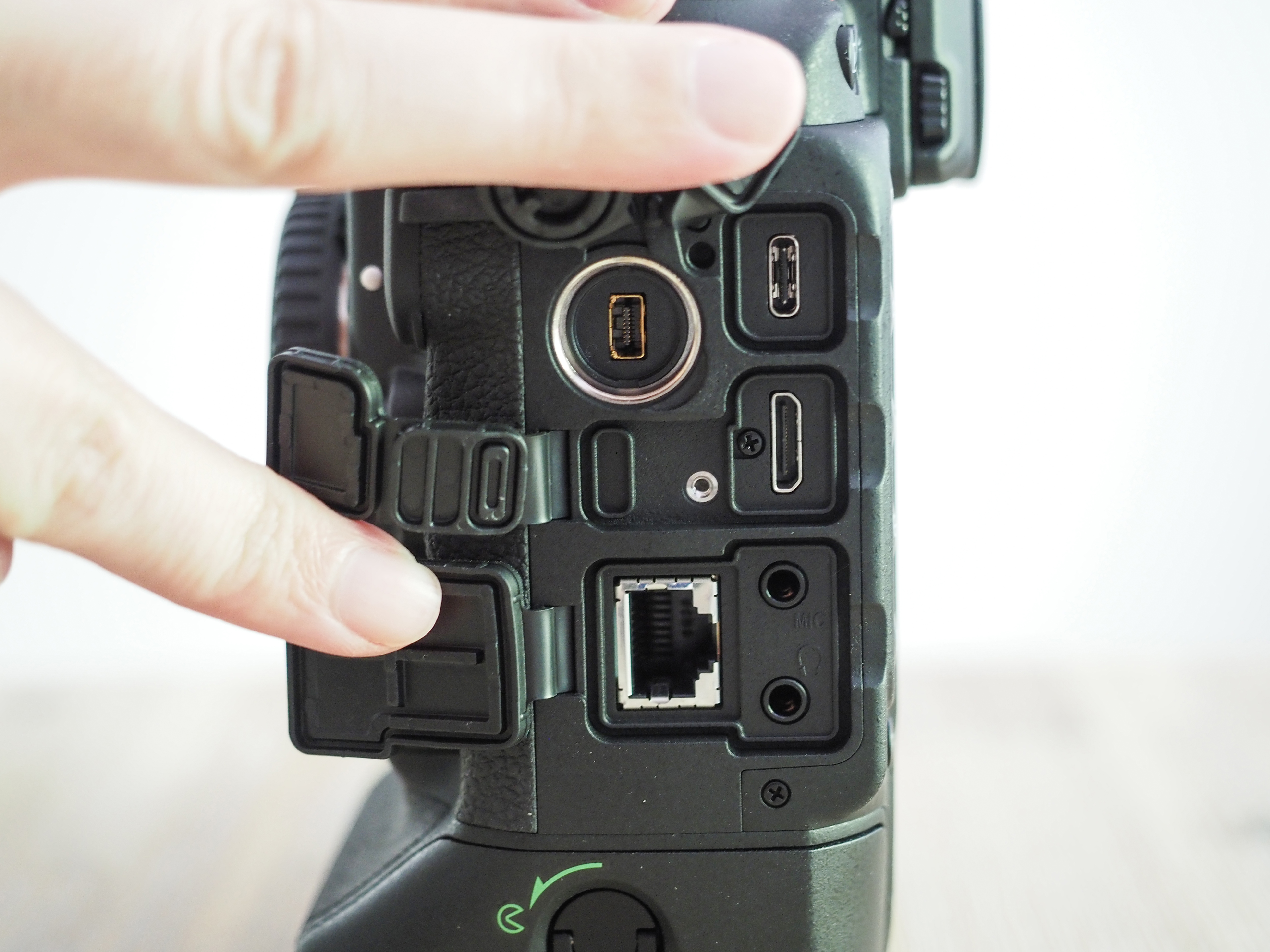

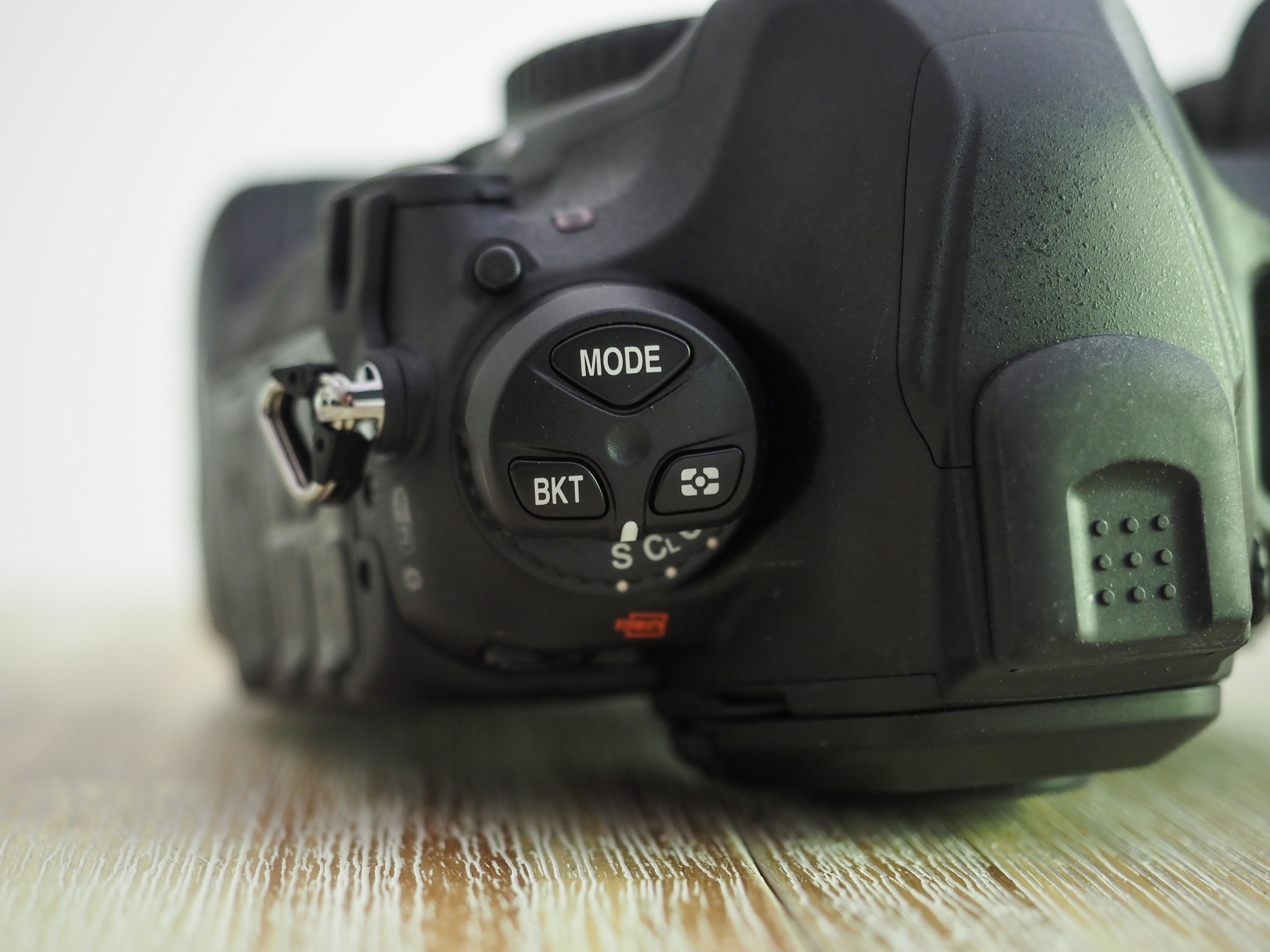
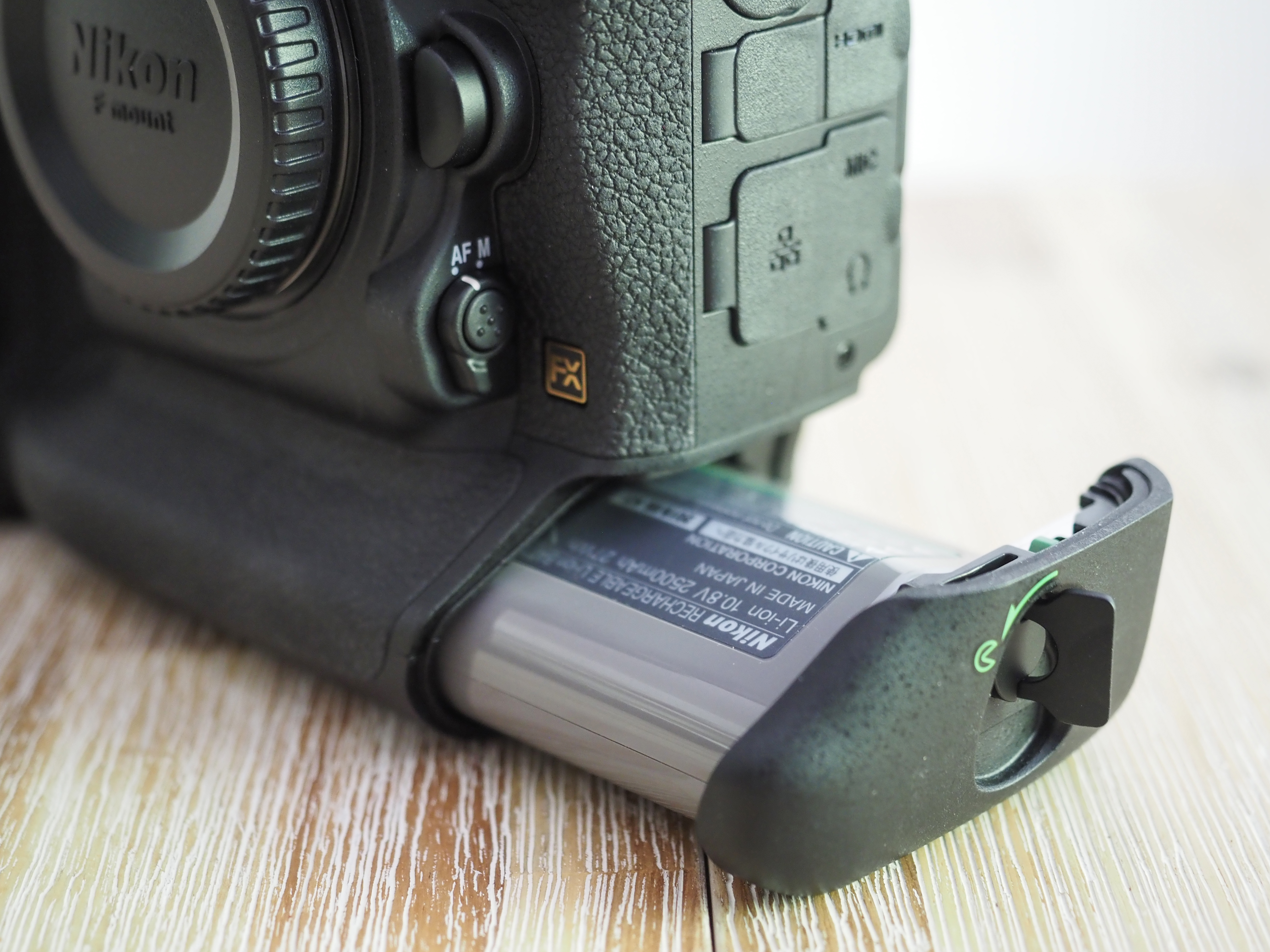

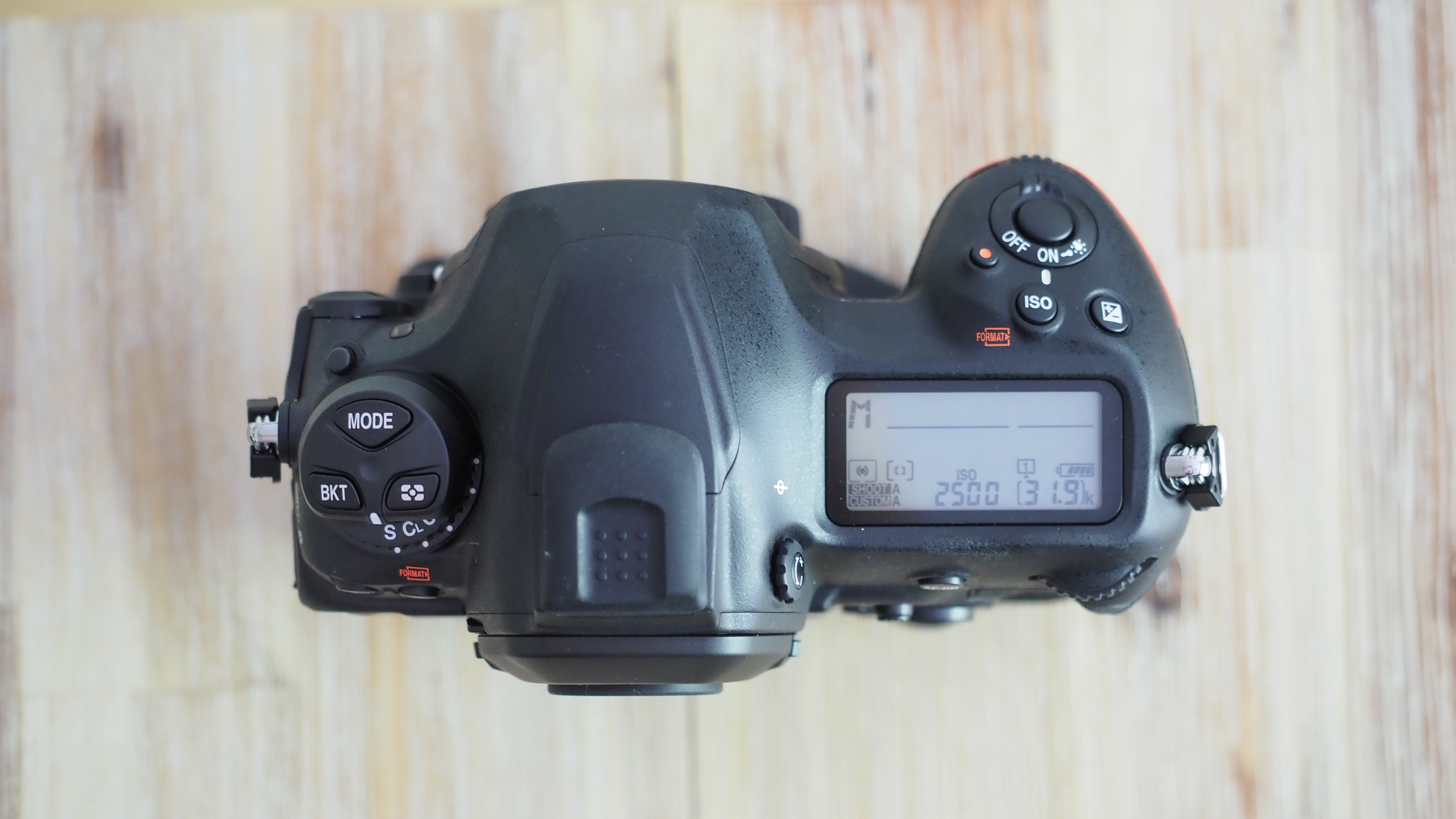
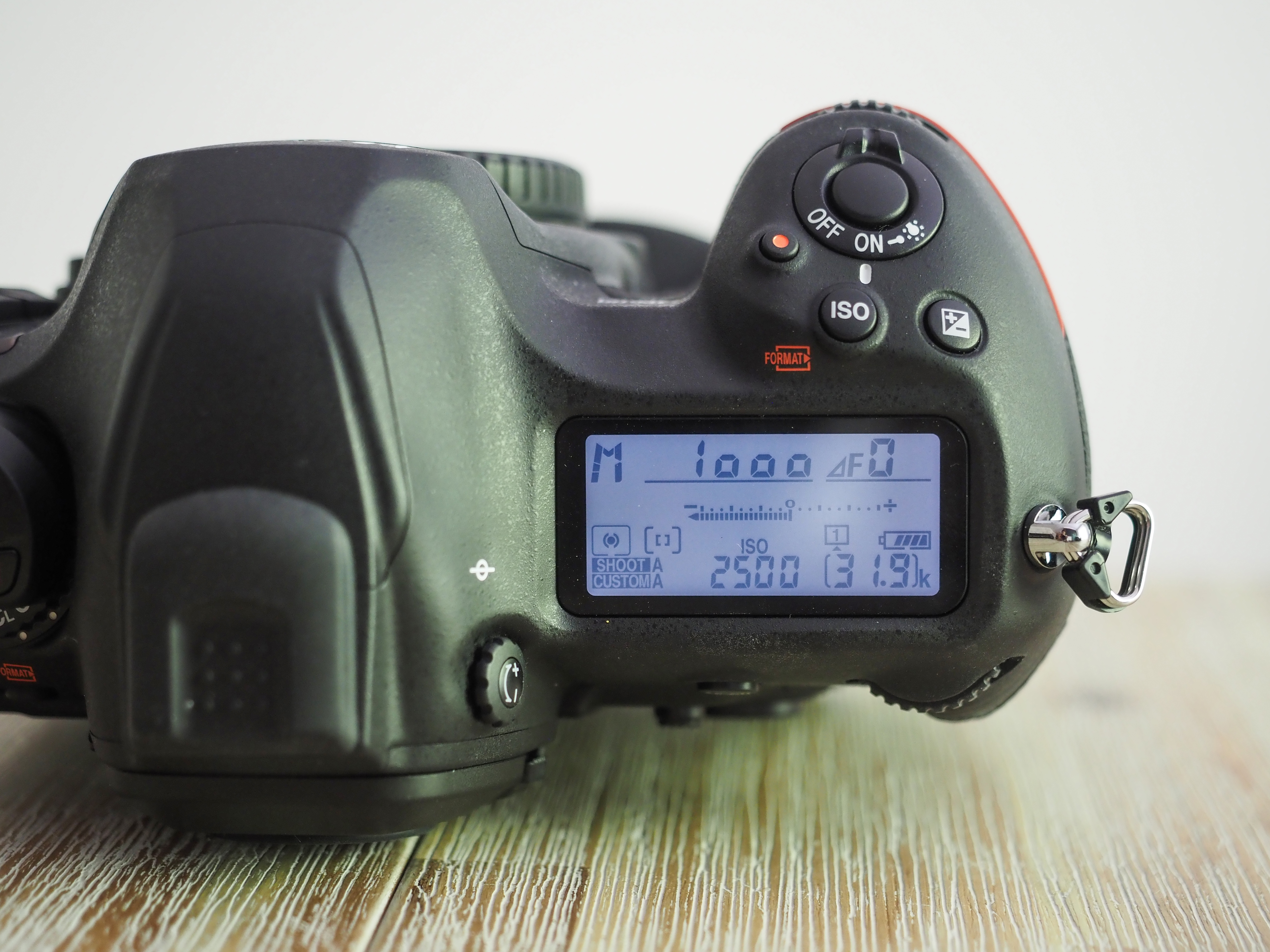
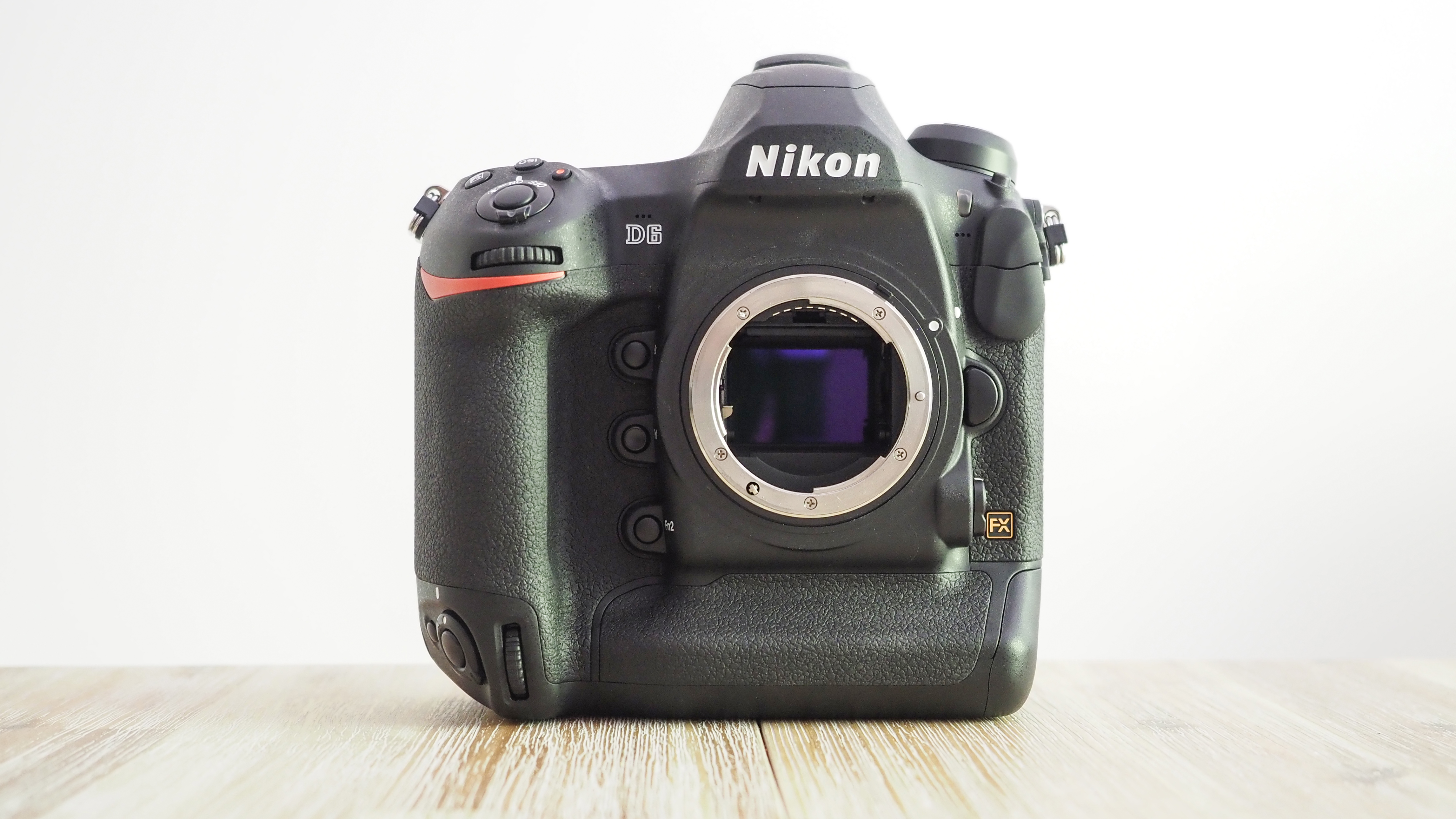
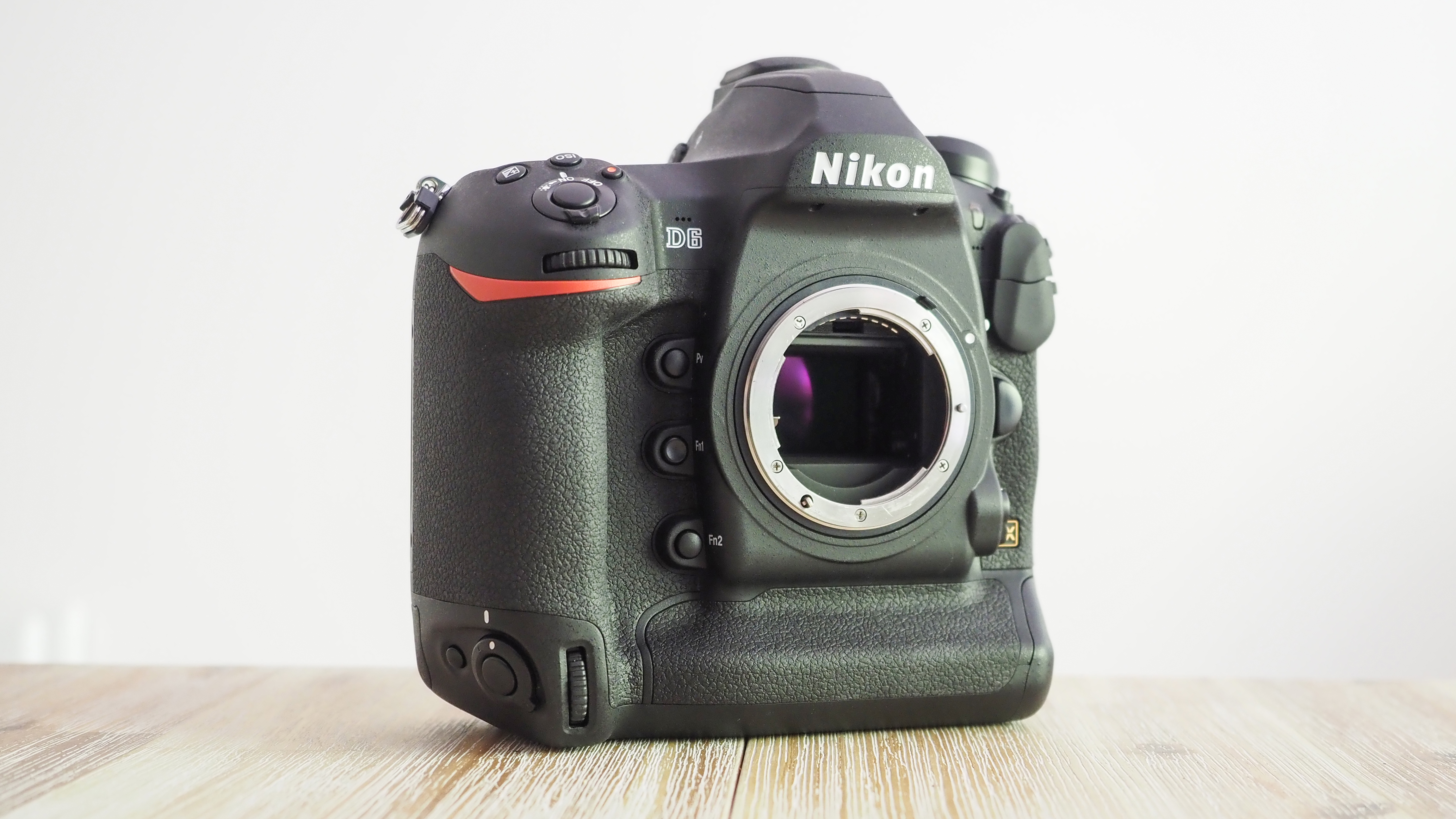
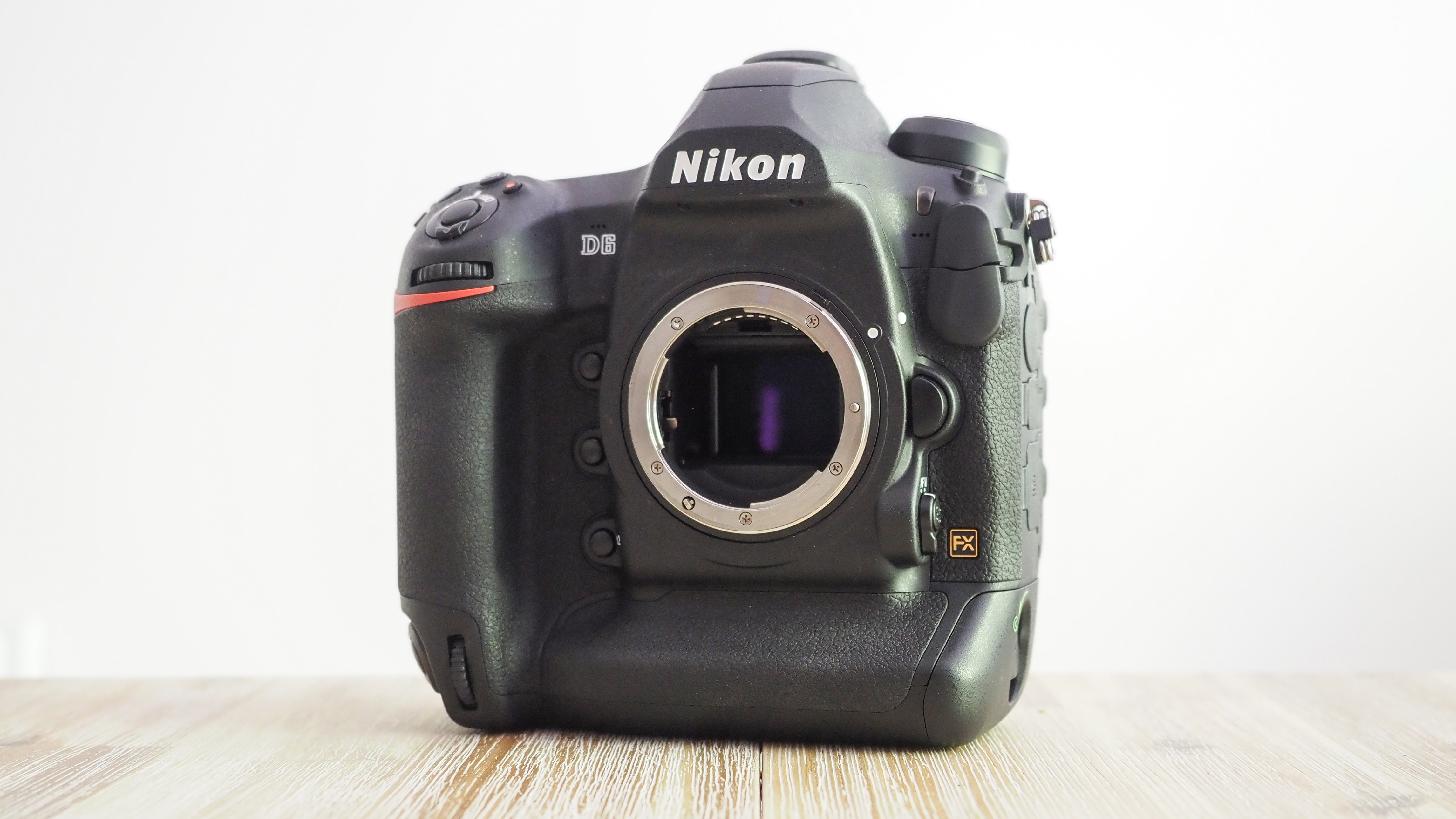
Key features
At first glance, it's easy to see how many consumers were nonplussed by the Nikon D6's specifications. However, there's much more to this camera than is revealed by a spec sheer alone.
The first key selling point of the D6 is the improved continuous shooting speed of 14 frames per second – an improvement of 2fps over the D5. And while that might not sound a lot, anyone who has shot professional sports or wildlife will tell you that those 'frames between the frames' can be the difference between an award-winning cover shot and a missed opportunity.
That's a significant improvement on the D5, but all those extra frames are no use if you don't have an autofocus system that can keep up. Fortunately, the D6 has Nikon's best ever AF engine, powered by the new Multicam 37K sensor and 105 cross-point AF system, representing 1.6x greater density of coverage.
Adding to the autofocus system's robustness is the fact that eye AF is available in 3D tracking and Auto AF area modes. And you can further stack the subject acquisition deck in your favor with 17 customizable group area AF choices.
All of this services the same 20.8MP sensor from the D5, though it is bolstered by the all-new Expeed 6 imaging processor. Also new is support for CFexpress memory cards – and the manufacturer has finally got the knack of SanDisk's Type B cards, which have been problematic on the Nikon Z6 and Nikon Z7. You can also use XQD cards if you have them, which are also compatible.
In terms of connectivity, which is where the rubber meets the road for working pros, the D6 has all the bases covered. It now has built-in 5GHz Wi-Fi and GPS (both of which required external modules on the D5), with gigabit ethernet supporting 1000BASE-T – achieving a claimed 15% faster communication than its predecessor.
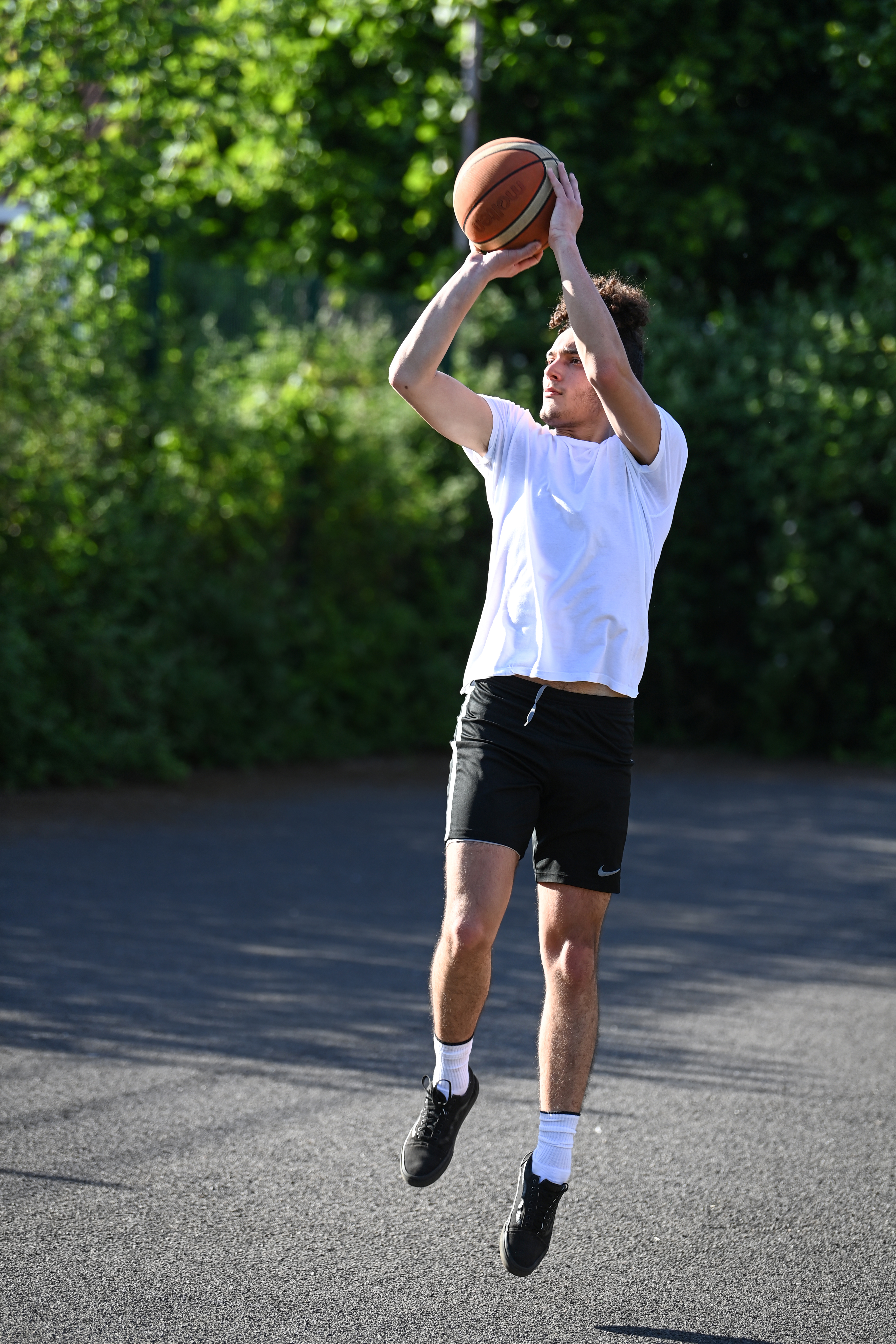
Build and handling
While inwardly it's packing plenty of new tech, outwardly the Nikon D6 is almost indistinguishable from the D5. Obviously that's a good thing for established users, as muscle memory means that a sense of continuity is critical, so moving all the buttons around to unfamiliar locations would cause some gritted teeth.
That said, familiarity does breed contempt – and we're disappointed that Nikon hasn't addressed the position of the joystick on the vertical grip. It's situated in a different position than it is in the standard horizontal position so, when you spin the camera from landscape to portrait orientation, you move your thumb to where it expects the joystick to be… and instead finds the AF-ON button.
Yes, you get used to it, and yes D5 users will already be accustomed to this foible (ditto Nikon's lenses, caps and zoom rings that turn the opposite direction to other cameras). But no matter how many times you've done it before, there will always be those moments when your thumb goes to the wrong place to find the joystick – and said moments are always crucial. It's a bit of design disharmony that needs fixing.
That aside, the D6 is every bit as bomb-proof as you'd hope and expect. It's a hulking body, even by pro DSLR standards (being both bigger and heavier than its Canon counterpart), but when you hold this thing you know that you could drive over it with your car or use it to break into a building – it's that solid and robust. However, our D6 does exhibit a very small amount of play in the mount, with lenses turning a fraction of a millimeter when mounted.
The pentaprism is large, bright and comfortable to use, and we had no problems with eye strain (something that can't always be said for electronic viewfinders when shooting one eye open for action). The D6 is unquestionably designed to be operated via the OVF rather than the newly touch-operable 3.2-inch LCD screen (more on that in a moment).
Flicking the power switch a step further than the ON position illuminates a few more buttons than lit up on the D5, in addition to the mode dial and the top and rear LCD panels. Oh, and if you shoot long exposures, you'll be overjoyed to know that you no longer need a remote shutter release to use Bulb mode. In all, though, holding and using this camera is like shaking hands with an old friend.

Performance
We tested the Nikon D6 shooting a series of basketball games as well as some light birding – and it performed brilliantly, whether following frantic players hustling a ball around the court or capturing the twitches and chirps of birds while fishing.
However, while it should be made clear that 14 frames per second is absolutely enough to capture crucial moments when shooting sports and wildlife, the fact remains that the Canon and Sony are both capable of 20fps – which means they simply get shots that the Nikon misses.
Nikon's new autofocus system really is a wonder, capable of the kind of intelligent tracking and acquisition that you need in split-second situations. It recognizes subjects almost as fast as you can point your camera at them, and more importantly it doesn't lose them when your view is interrupted.
It doesn't matter if it's shooting through the courtside cage, or if other people pass in front of your targeted player, or if your bird decides to hide behind reeds or undergrowth; the D6's AF is fast, intelligent and reliable enough to keep you locked onto your subject.
It's difficult to empirically test, but in our testing it absolutely held its own with Sony's much-celebrated AF (though we did miss Canon's brilliant head tracking AF whenever a player turned his face away from camera, which resulted in focus gradually shifting to a secondary face in frame).
That said, while 105 cross-type AF points is a step up on its predecessor (which had 153 overall but only 99 cross-type and just 55 selectable), that little cluster of points squished into the center of frame really does cramp your shooting style. With Canon offering 191 points (with a whopping 3,869 in Live View) and Sony 693, shooting with the D6 does feel notably more restricted.

Where the camera's autofocus really lets itself down, though, is in Live View – and, hence, video. When shooting through the viewfinder, you have the benefit of the D6's rock-solid phase-detect AF system. However, switch to Live View and you're stuck with primitive contrast-detect AF – and for shooting sport, unfortunately it's borderline unusable.
We made every effort to record a single 'clean' clip from a number of one-on-one basketball games, but every single time the autofocus resulted in an issue. Face detect would sometimes find faces in the scenery, and other times refuse to pick out any of four faces actually in the frame.
Subject tracking would switch between players, even those who looked nothing alike – no exaggeration, at one point it decided that it should target a short player with a black shirt and short hair when it was supposed to be following a tall player with a white shirt and dreadlocks.
The focusing in Live View is nervous, erratic, and hunts and pulses all over the place – making the video not fit for purpose, and making it hazardous to use the rear screen even for stills purposes (which you'll need to do, if you want to use the D6's 10.5fps silent shooting). It's a very long way from Canon's Dual Pixel CMOS AF.
Something you definitely can and should use the rear screen for, however, is input. The LCD is now touch-sensitive, giving you fingertip control over the camera and settings – and also feeding into some of the most useful features, especially for working pros.
In addition to being able to transfer, rate, protect and add voice annotations to your images without pressing any buttons, the D6 enables you to prioritize your most important shots in a transfer queue by simply flicking the images up or down while viewing. So if you're uploading 400 images to a picture editor but you know that the 358th image is the killer shot, you can instantly send it to the top of the list (complete with a voice tag, to provide a ready-made caption).
Lab data
We chose three key rivals for the Nikon D6 for our lab test comparisons: the Canon EOS-1D X Mark III, Sony Alpha A9 II and the Nikon D5.
Resolution:
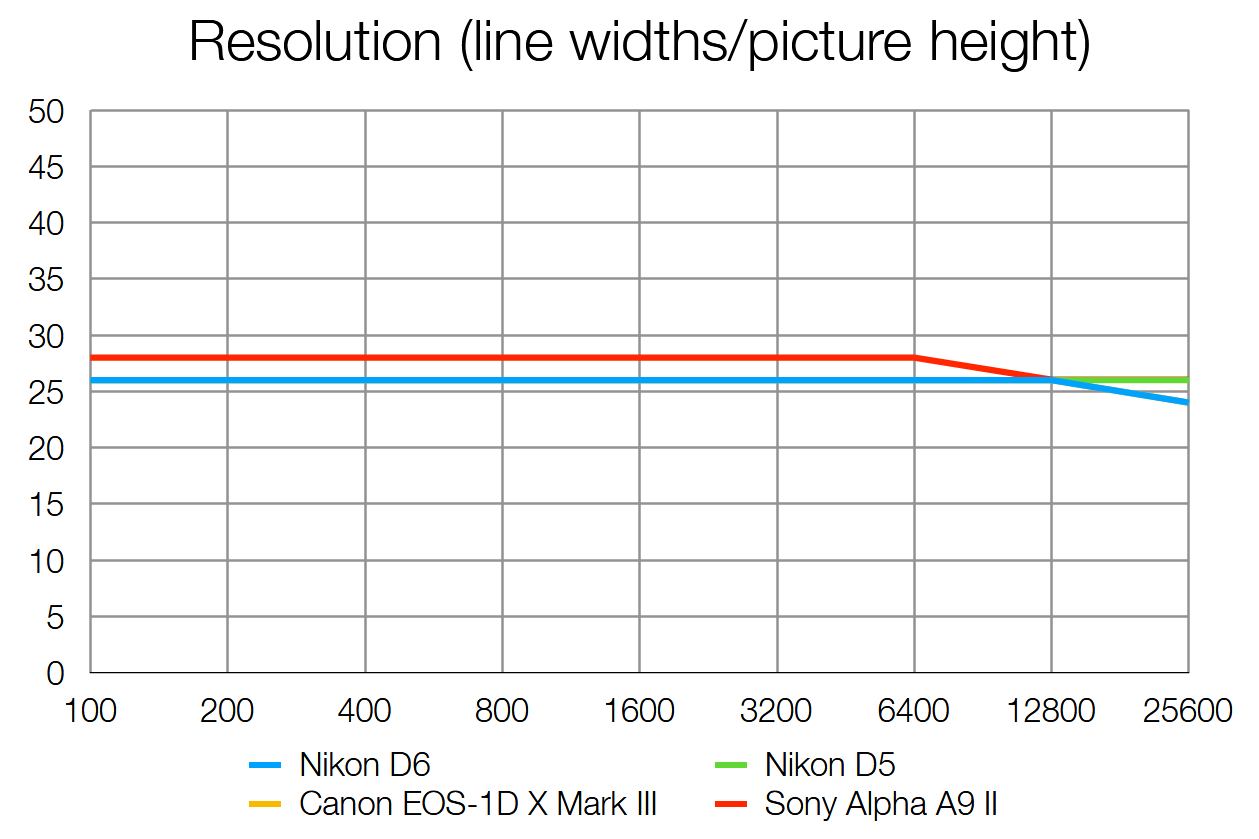
It's not easy to see from this graph, but the D6 can resolve the same amount of fine detail to the D5 and the Canon EOS-1D X III. We'd expect just such a result, given all three cameras use sensors with around 20MP. Naturally, the 24.2MP Sony A9 II edges out its main rivals in this test, at least up to ISO 6400, but the real-world difference in detail capture between all four cameras really is minimal.
Dynamic range:
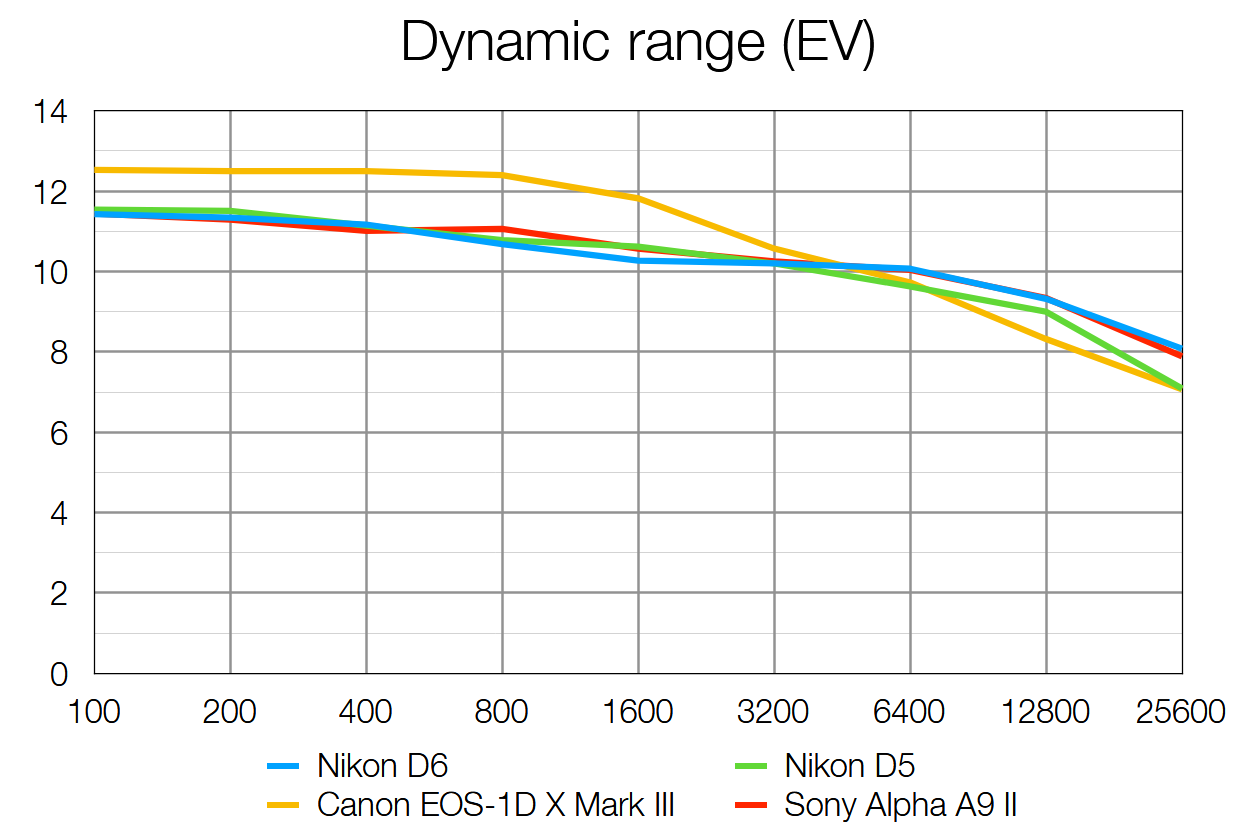
It's remarkable how close the D6 is to the D5 and Sony A9 II when it comes to dynamic range. Only at sensitivities over ISO 3200 does the D5 start to show its age, though the difference is still slight. However, at least at lower sensitivities, the EOS-1D X III is in a league of its own, capturing 1-1.5-stops more dynamic range than its rivals between ISO100 and 1600. The tables do turn as we pass ISO 6400 though – at higher sensitivities the D6 and A9 II are the cameras to have if maximum dynamic range is paramount.
Signal to noise ratio:
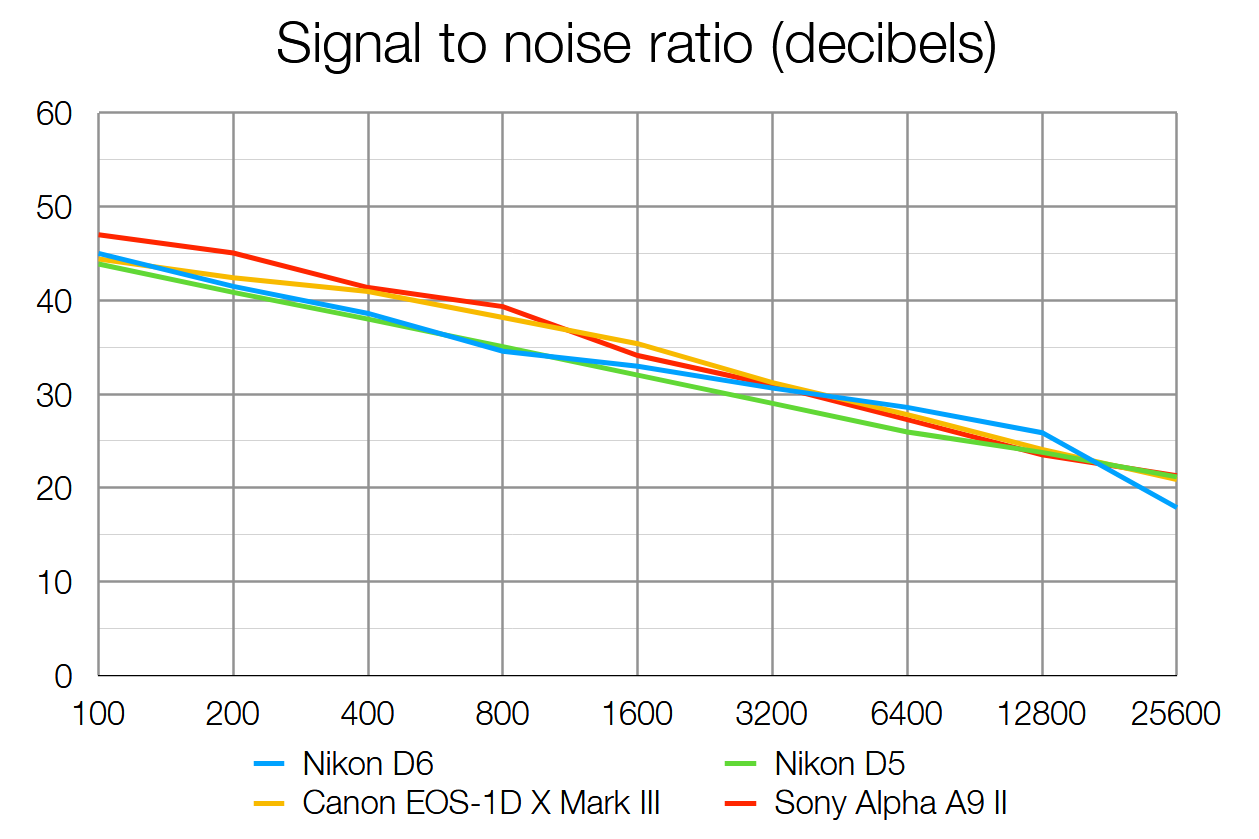
Our signal to noise test measures image clarity, specifically the ratio of the actual image 'data' you want to capture, versus the image noise that you don't want, but will inevitably be visible when shooting at higher ISO sensitivities. The higher the score at a given ISO sensitivity, the better.
All four pro cameras do well in this test, but at lower sensitivities both the D6 and D5 can't quite produce images as clean as those from the Canon and Sony cameras. At ISO1600 and above, the field is more closely separated, and between ISO 3200 and 12800 the D6 is producing the cleanest images of the group.
But the star performer has to be the Sony A9 II. Despite it having a higher megapixel count than the Canon and Nikon DSLRs, it's still able to generate roughly the same – and sometimes less – image noise than the competition, throughout the sensitivity scale.
Sample image galleries

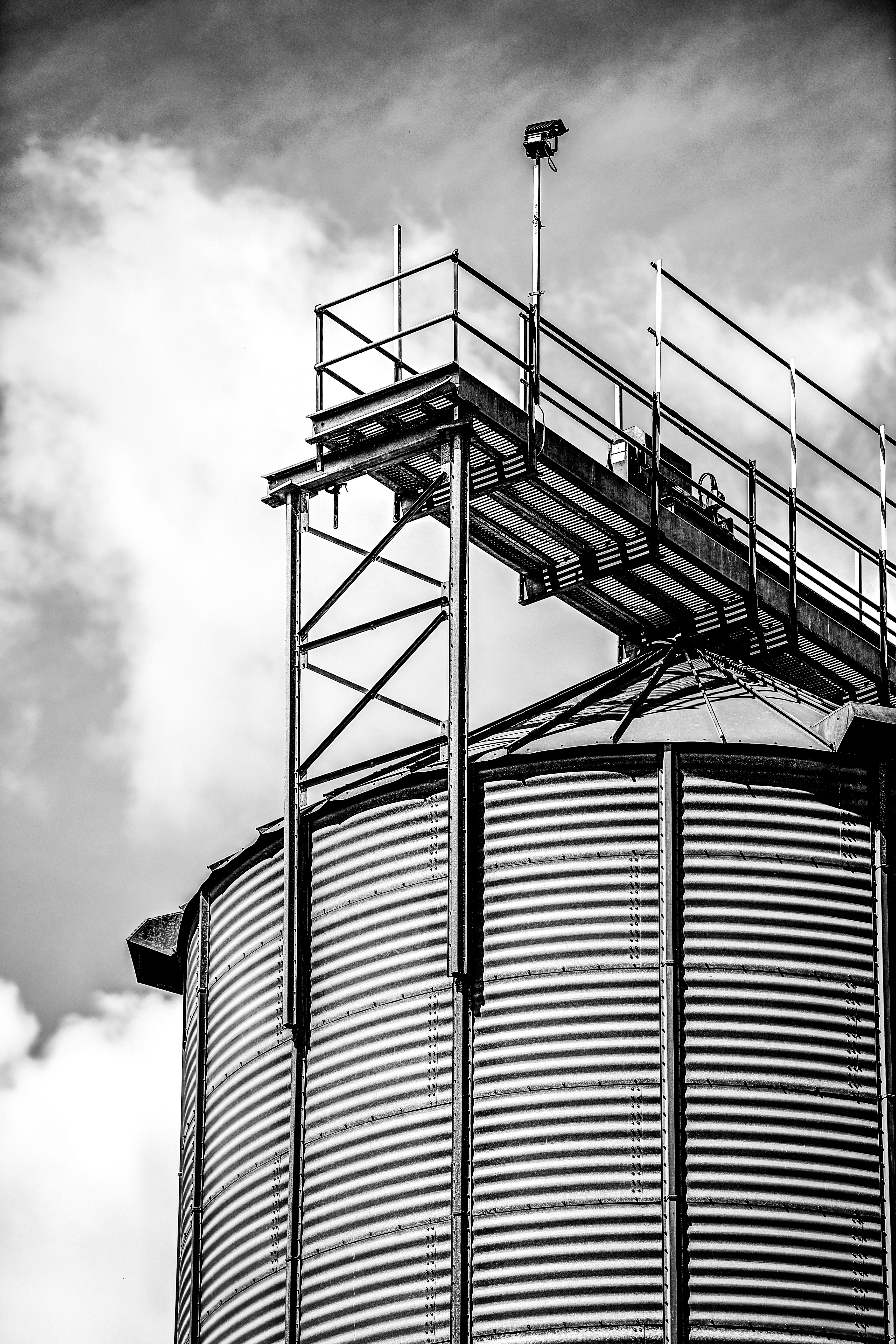
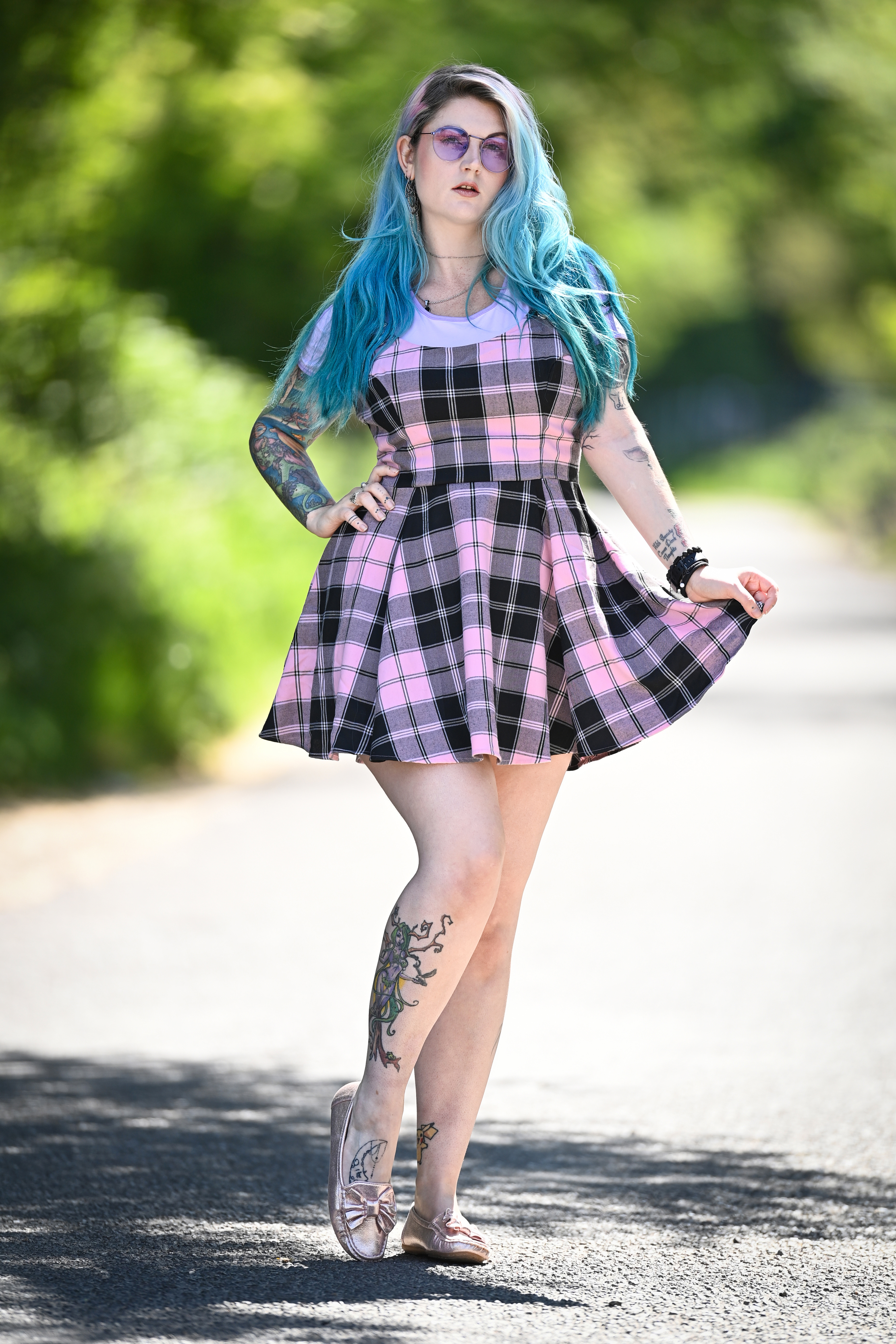
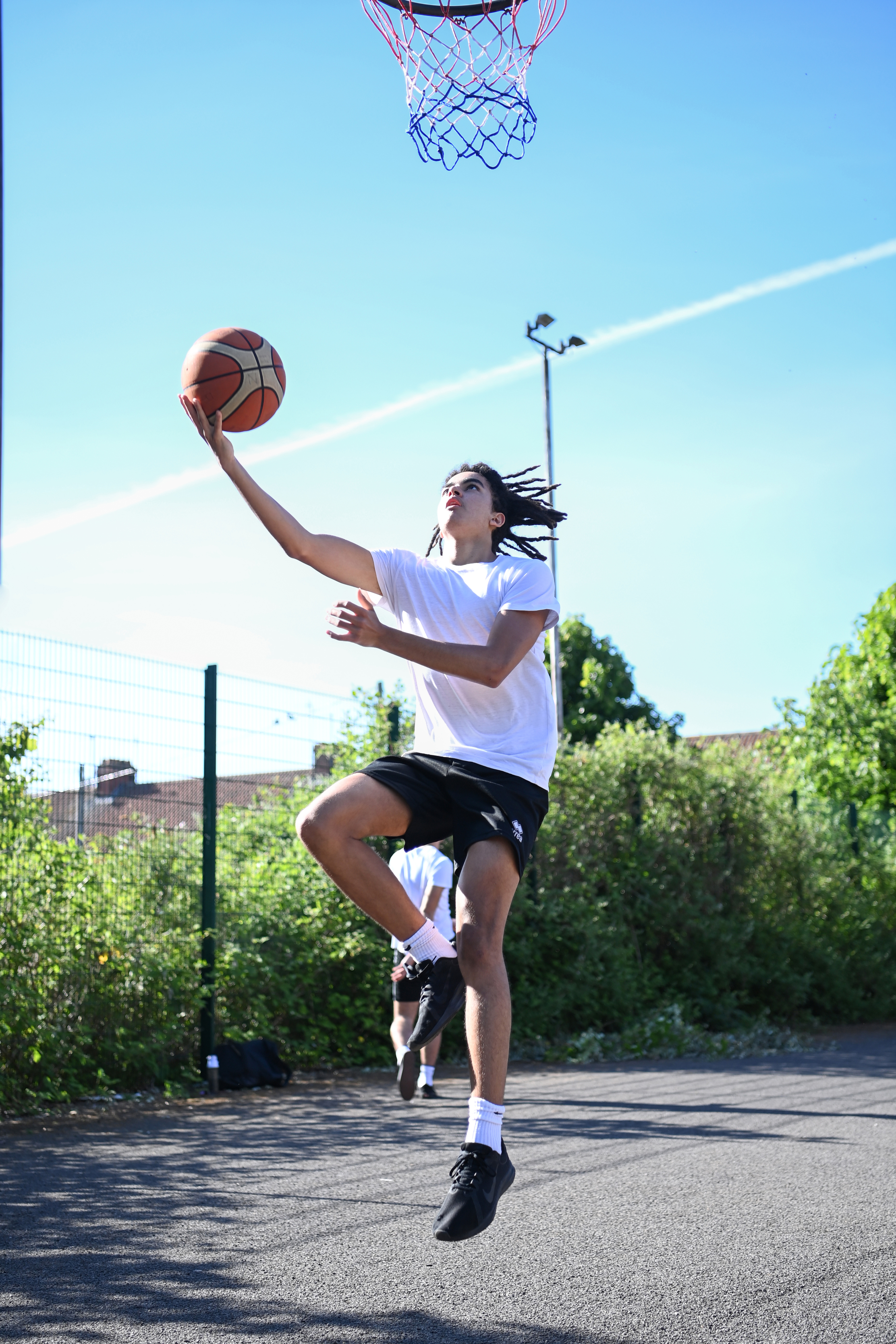

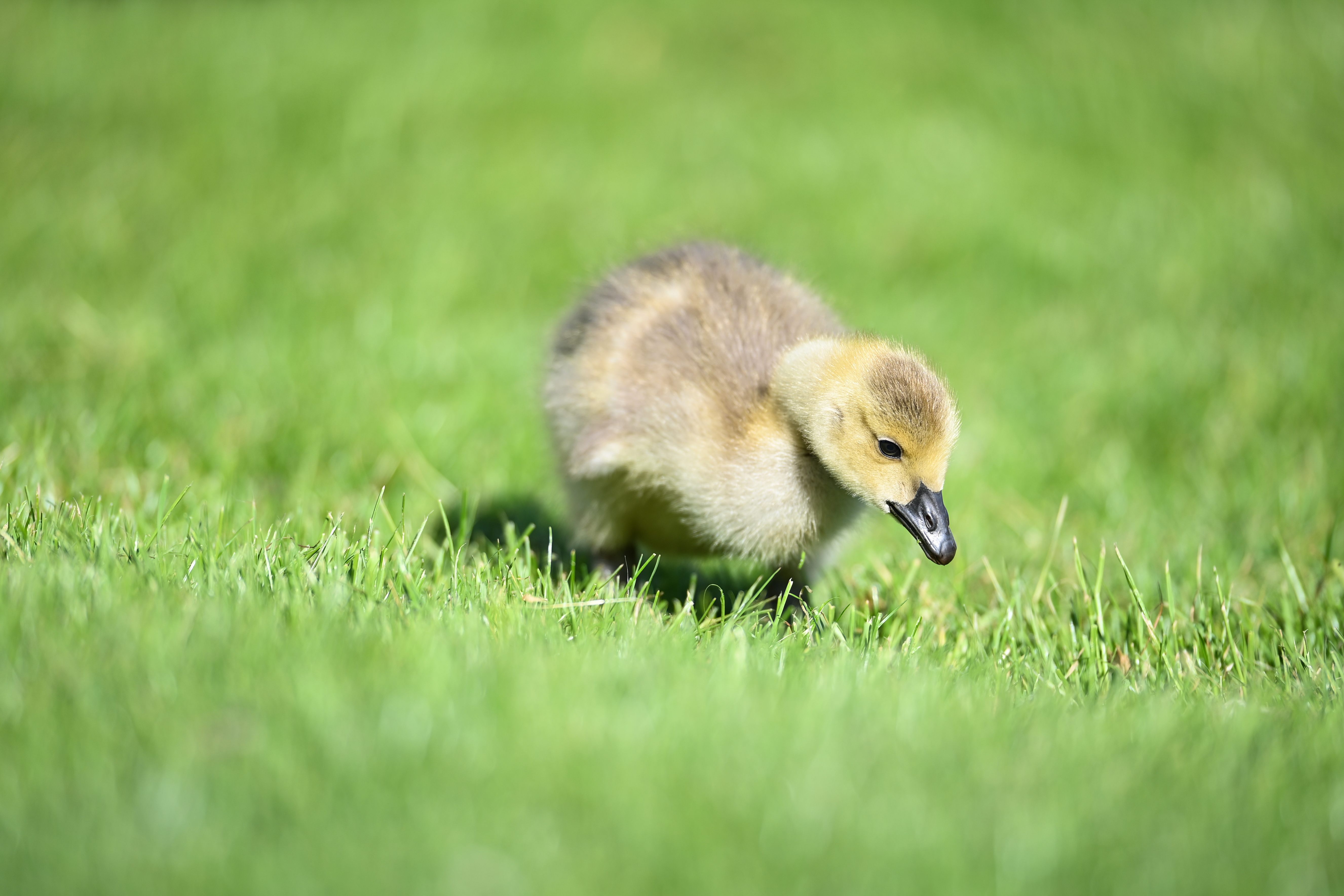
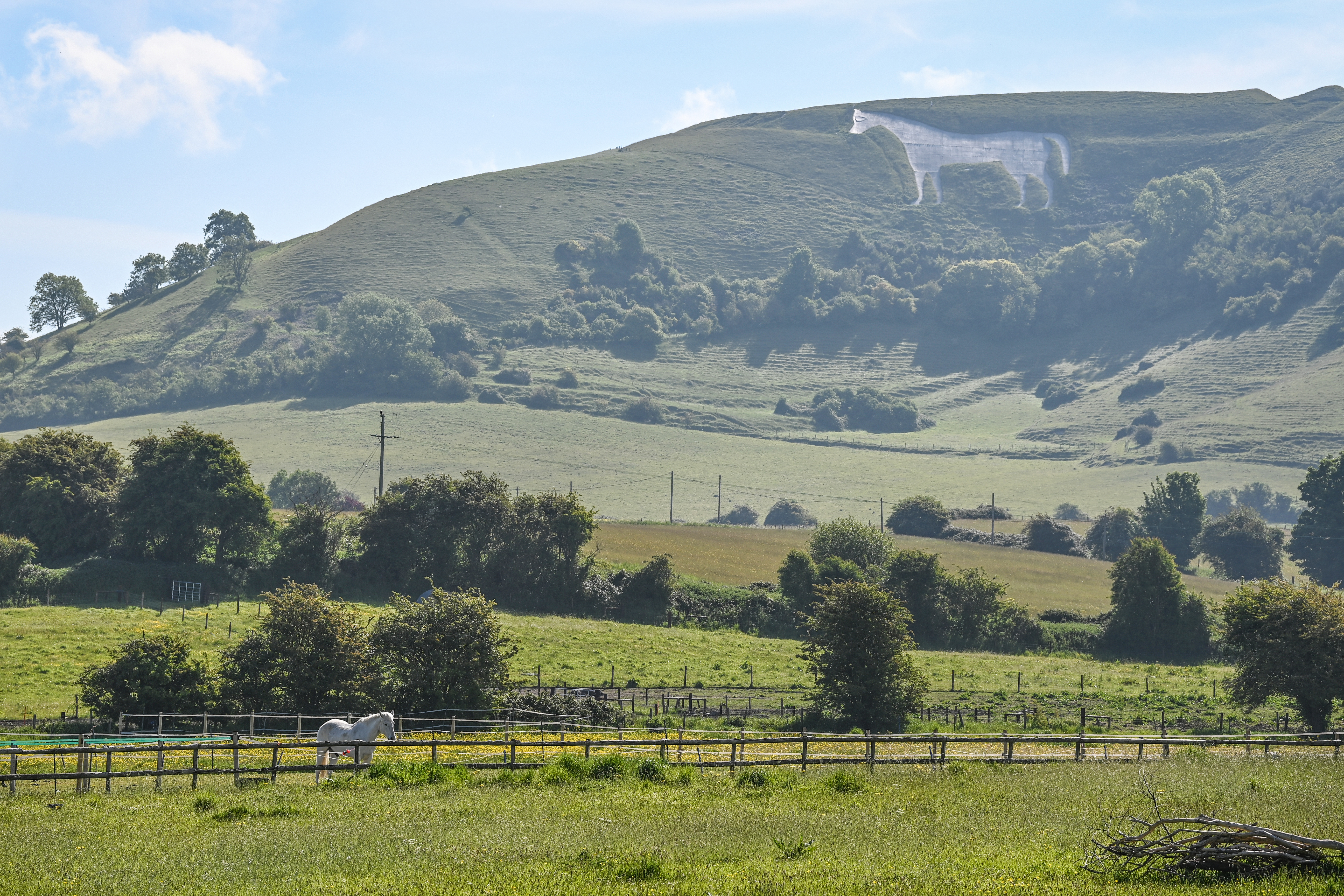



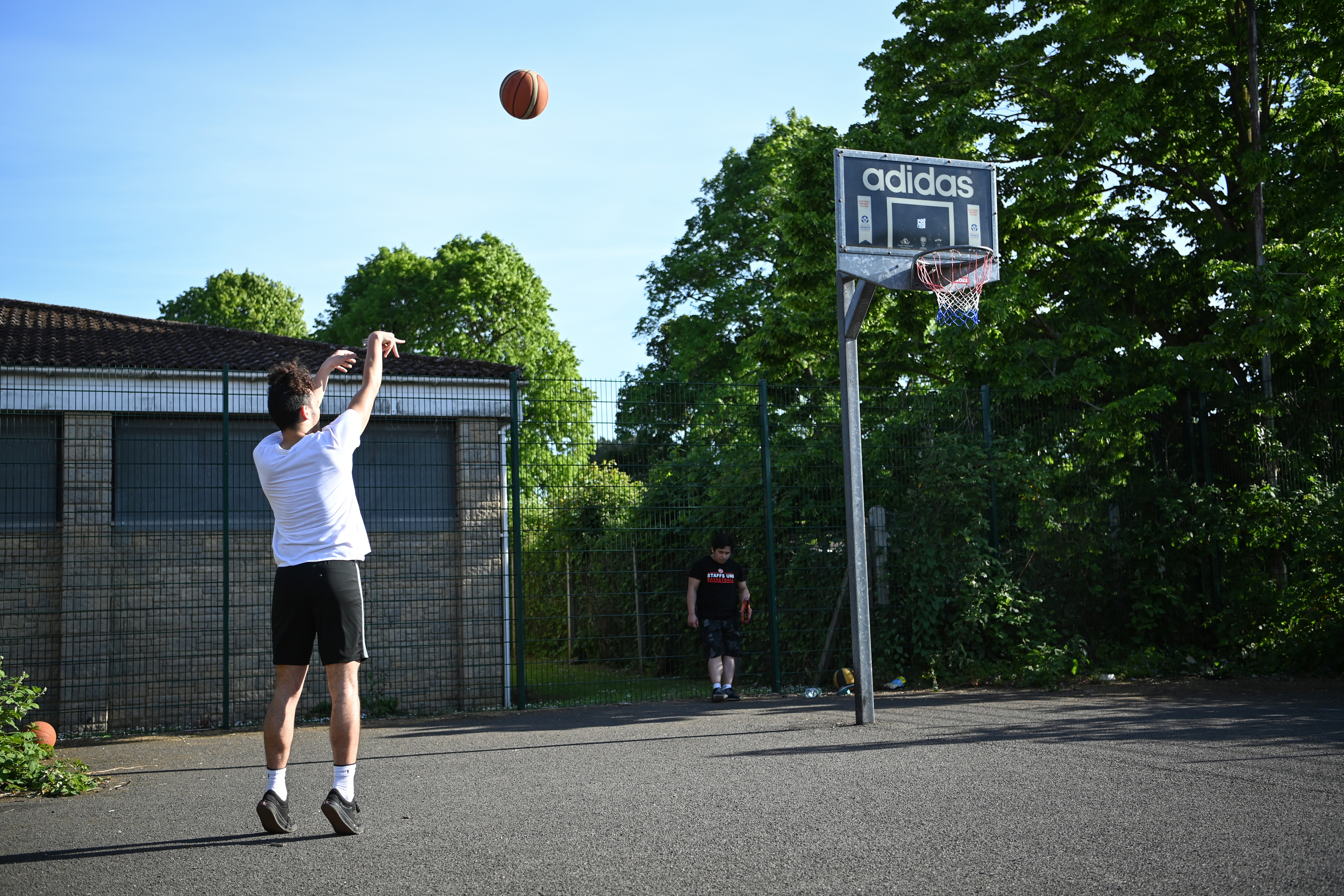
Verdict
While you can't fault the stills performance of the Nikon D6, you do have to consider that performance in the context of the two competing cameras in this sector – and that does make it difficult to get overly excited about what the D6 is capable of.
Both the Sony A9 II and Canon EOS-1D X Mark III fire significantly more frames and have significantly more AF points – and in the case of the Canon, have significantly more intelligent autofocus if your subjects are human beings (shooting basketball really does underscore how brilliant the 1DX Mark III's head tracking is).
Taken completely on its own merits, the Nikon D6 is a top-tier stills camera both for shooting fast action (be that sports or wildlife) and for working at high ISO ranges. While only a madman would shoot at this camera's ISO3.28 million top setting, our lab data attests that this is by far the camera of choice if you need to shoot in challenging light conditions.
Though its stills AF might be approaching Sony levels of godliness, tragically the D6 lets itself down when it comes to AF in Live View. Contrast-detect autofocus simply isn't capable of shooting what this camera was designed to shoot – and its limitations are only further pronounced by the brilliance of the AF for stills. This makes the potentially brilliant 4K video – with peaking, zebras and timecoding – a massively missed opportunity, particularly with its 1.7x crop.
Of course, it can be argued that you don't really buy a sports camera to shoot video. Professionals who only need a brilliant stills camera, packed with the fastest connectivity and killer autofocus, will find lots to love in the D6. As will existing D5 owners, who will benefit from superior performance virtually top to bottom. However, anyone not already invested in the Nikon ecosystem will experience even better performance from either of the two competitors.
Read more:
Olympic shootout: Nikon D6 vs Canon EOS-1D X Mark III vs Sony A9 II
The best professional cameras: which pro camera system is best?
The best DSLR: DSLR cameras for beginners, enthusiasts and pros

James has 22 years experience as a journalist, serving as editor of Digital Camera World for 6 of them. He started working in the photography industry in 2014, product testing and shooting ad campaigns for Olympus, as well as clients like Aston Martin Racing, Elinchrom and L'Oréal. An Olympus / OM System, Canon and Hasselblad shooter, he has a wealth of knowledge on cameras of all makes – and he loves instant cameras, too.

